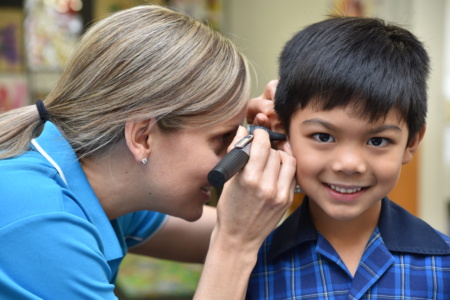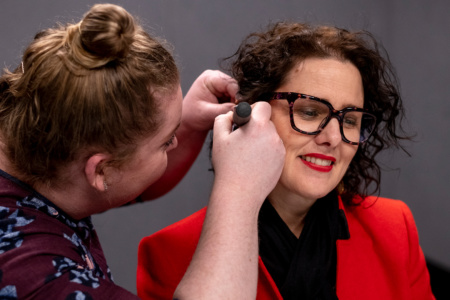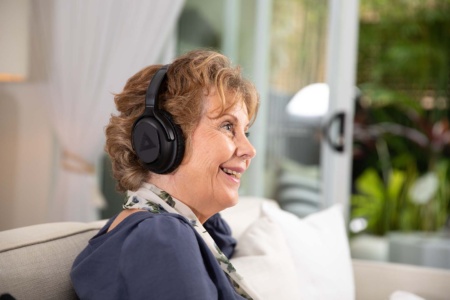It’s a startling fact that by 2050, one in four of us is predicted to have a hearing loss. Hear and Say Audiologist, Trudie Dowell sat down to help decode the three different types of hearing loss, and some of the key causes to look out for.
“Hearing loss – whether it’s conductive, sensorineural or mixed – can be caused by a range of different factors and depends on what part of your hearing system isn’t working,” said Trudie.
- Conductive hearing loss: an issue with sound getting through the middle ear and/or outer ear, commonly due to obstructions such as fluid, wax, abnormal growths or even the way the ear itself is formed. There are often treatments available to resolve conductive hearing loss, including surgery or medication.
- Sensorineural hearing loss: a permanent type of hearing loss. It means damage has occurred to the hair cells within the cochlea (inner ear) and/or to the auditory nerve. Typical causes of sensorineural hearing loss include the aging, exposure to loud noises, trauma or injury and various health conditions. Sensorineural hearing loss usually can’t be reversed but can be supported with the use of technology such as hearing aids.
- Mixed hearing loss: a combination of both conductive and sensorineural hearing loss.
“The degree of your hearing loss is also important, as it can range from mild to severe which impacts your communication in varying ways. Working with a qualified audiologist to determine the type, cause and severity of your hearing loss is the best step in helping you decide what to then do about it,” said Trudie.
“While some causes of hearing loss are unavoidable, there are others which can be a result of lifestyle and more preventable, such as noise-related hearing loss. That’s why it’s important to keep on top of those regular hearing checks, and not just wait until an issue feels out of hand.”
Degrees of hearing loss
- Mild hearing loss: Someone with mild hearing loss may have difficulty hearing soft voices, and speech at a distance or in background noise.
- Moderate hearing loss: This will impact everyday communication, especially in group situations and without visual cues. Increased listening effort and concentration will be required, which leads to what’s known as “auditory fatigue”.
- Severe hearing loss: Someone with severe hearing loss will struggle with understanding everyday speech. Significant auditory fatigue may be experienced due to high levels of concentration required to understand speech.
Our Head Office
29 Nathan Avenue, Ashgrove Qld 4060 PO Box 930, Toowong Qld 4066
P: (07) 3850 2111
F: (07) 3366 1803









